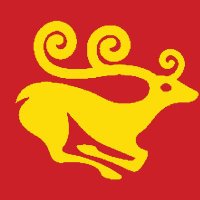
Skytmen
@aboutadna
In here I write about Iron Age and Historical era steppe nomads' aDNA and archeaology
ID: 1563602444747423746
27-08-2022 19:01:13
191 Tweet
1,1K Followers
33 Following



















@aboutadna
In here I write about Iron Age and Historical era steppe nomads' aDNA and archeaology
ID: 1563602444747423746
27-08-2022 19:01:13
191 Tweet
1,1K Followers
33 Following

















